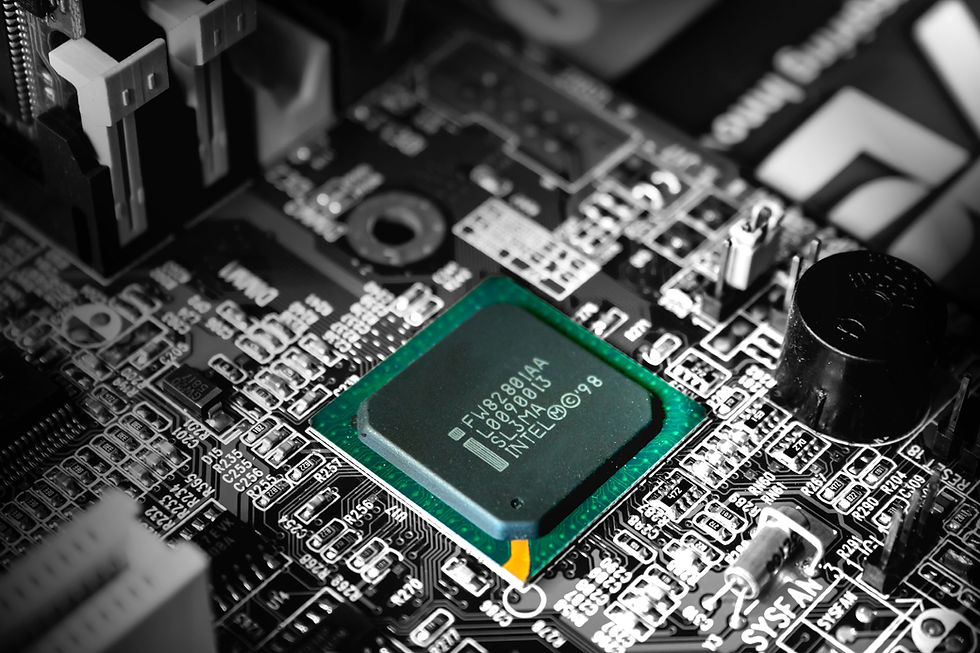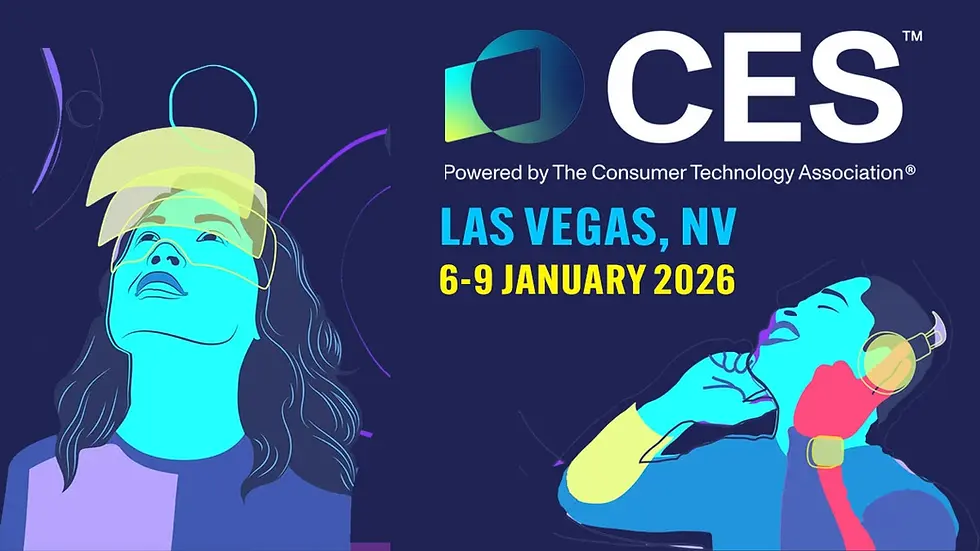Design for Future Expandability and Obsolesces Mitigation
- Ben Seaman
- Apr 9, 2024
- 3 min read

We often get asked to help our clients with obsolesce re-design activates and we are always happy to help. Our weekly blog post is to help our amazing followers to be better informed on future proofing away obsolesce (as much as possible) in their new product development.
Why is it is important at the kickoff the design to look at future expansion and component obsolesce mitigation strategies? The answer will change from a system/volume and/or market category. For example in aerospace/space market segment the typical design cycle can take many years to develop the fully certified product and during this time if action isn't taken upfront in the design cycle obsolesces can occur before production even begins.
As technology (processors, memory, software platforms) evolve our designs and tools must match pace.
It is imperative during single source component selection phase to ensure all devices are "Active" and you target components on key supplier longevity programs in place (Micron and NXP are fantastic at these options). During each phase of the design cycle (PDR, CDR, QUAL) we should review the preliminary BOM's to see if anything has changed cycle during the course of the project.
Second component sources are always a prime strategy for "jelly bean parts" like Resistors, Capacitors, Some diodes, power devices, sensors, etc. Engineering must validate equivalent for package size, pinout, function, parameters and interop.
Later in production lifetime, we can be hit with numerous EOL parts and product teams must scrabble. This was exacerbated during COVID supply chain issues and some manufacturers had to redesign product as fast as possible while minimizing software impacts, qualification testing and infrastructure.
What are some options we should look at to lower this risk?
In some new designs, you can improve future expansion by utilizing a SOM (System on Module) from many different companies to help allow for scale up/down in platform to improve performance but cost function is increased. Toradex for non-avionic applications are a very good supplier that also has a longevity program. A similar industry standard structure in MIL/Aero is the VPX3 format cards to allow for more options from multiple vendors like Curtiss Wright, Mercury, etc.
The other advantage of a SOM/COTS approach is more potential flexibility for sourcing, software scalability and speed of development but also comes with some disadvantages often for certifiability (avionic), reliability (added connectors/functions, size, thermal heatsinking plus vibration limits). It is often more 30-40% more expensive for BOM cost on a SOM however development cycles can be cut down traumatically. We typically recommend during concept phase a simple spreadsheet weighting scheme be created (SOM vs Discrete) with various supplier options to help guide direction.
There are many value added tools/companies that are helpful to lower obsolesce /design risks:
An new AI powered Schematic review tool that verifies not only the SCH implementation (voltage, logic, applicable connections, etc) AND automatically verifies EOL/NRND status along with thermal ranges of each components. They give you after an couple of hours of processing a comprehensive list of potential DRC's and component status. Very powerful tool that offers free trails (Recommended to trail this option)
to allow you to automatically run a BOM for stock check and easy of searching for alternative parts. Remember always select authorized distribution channels to ensure legitimate supply chain.
This is a great online subscription tool to help manage obsolesce (notification) but also ensure procurement of authorization for more constraint markets like (Aerospace, Medical, etc.)
Always work with your Contract Manufacture closely to ensure you get regular reports and are well informed of any potential EOL so that you can adequately plan for mitigation (redesign, substitute or last time buy). We can help recommend local and overseas partners if required.
Let us know if you have any obsolesces challenges and how we can help you.




Comments